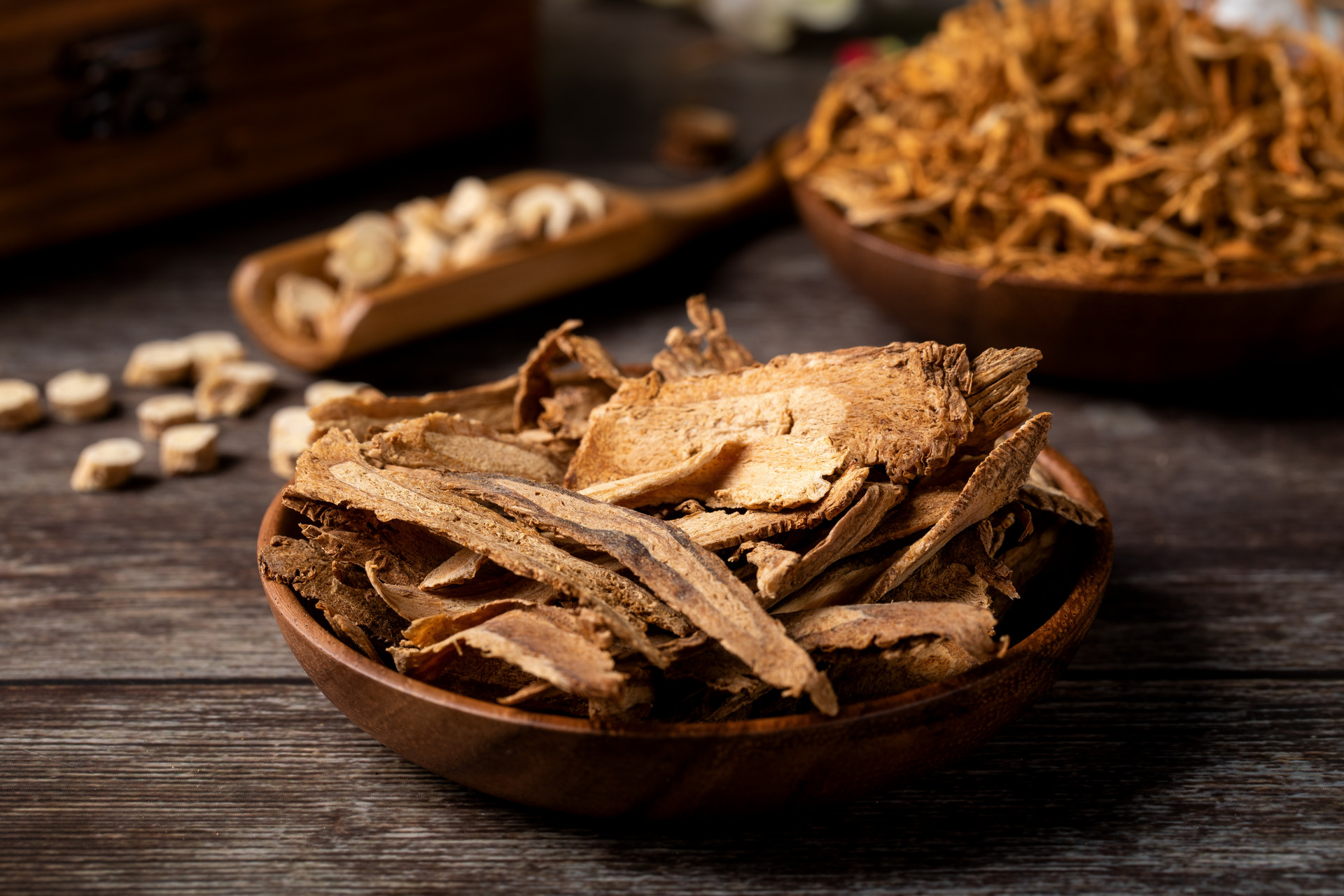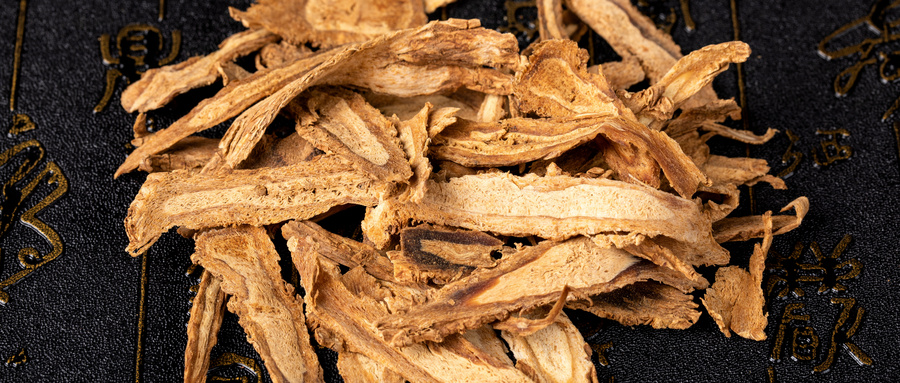There is a saying: "Lotus is full of treasures, and autumn lotus roots are the most nourishing." As the air becomes increasingly dry in the autumn, it is important to focus on foods that nourish Yin, clear heat, moisturize dryness, quench thirst, and calm the mind. Autumn is the season when fresh lotus roots are available in the market, and there are many benefits to eating lotus roots during this time.
Benefits of Eating Lotus Roots in Autumn
Clears Heat and Moisturizes Dryness
Lotus roots can be eaten raw or cooked. Raw lotus roots have a cooling effect and can clear heat, moisturize the lungs, cool the blood, and alleviate the dryness of autumn. In addition to being used in cold dishes, raw lotus roots can also be juiced and mixed with fresh pear juice or sugarcane juice to treat symptoms of heat such as thirst and restlessness caused by Yin deficiency.
Strengthens the Spleen and Stimulates Appetite
As the cold dew passes and the frost descends, nurturing the spleen and stomach becomes crucial. This is the peak period for the recurrence of chronic gastritis and peptic ulcers, and improper diet can easily trigger gastrointestinal diseases. As lotus roots transition from raw to cooked, their properties change from cooling to warming, and they have a certain effect of strengthening the spleen and stopping diarrhea. Cooked lotus roots, due to their mild taste, can be paired with various sauces and meats, suitable for both meat and vegetable dishes.
Nourishes Blood and Boosts Qi
Among tuberous foods, lotus roots have a higher iron content, making them suitable for those with iron-deficiency anemia. In addition, lotus roots are rich in plant proteins, vitamins, and starch, and have a significant effect of nourishing Qi and blood, and enhancing the body's immune function. The "Shennong's Classic of Materia Medica" records that lotus roots have a "sweet and balanced" taste and can replenish the middle, nourish the spirit, enhance energy, and treat various illnesses. Lotus root soup is particularly effective for promoting blood circulation and nourishing Qi. It can be cooked with pork ribs or bone-in meat, and it not only nourishes the blood but also improves complexion, making it especially suitable for people with dry skin caused by Qi and blood deficiency.
How to Select and Store Lotus Roots
By now, you probably agree that lotus roots are essential on the autumn dinner table. But how do you select and store lotus roots?In ancient times, people revered lotus roots that were as white as jade. The lotus roots from Suzhou in the Tang Dynasty were even presented as tributes and were known as "snow lotus roots". However, nowadays, many unscrupulous vendors often soak lotus roots in harmful chemicals to make them look more attractive. In comparison, it is recommended to choose lotus roots with a yellow-brown skin and plump flesh.
If you want to eat fresh and sweet lotus roots, it is best to choose ones that have not been washed and still have dirt on them because already cleaned lotus roots are more likely to rot.
If you have only a small amount of lotus roots, you can store them in water. Clean the lotus roots and place them in a container filled with clean water. Change the water once a week to maintain their "whiteness, tenderness, freshness, and crispness" for a longer period.
Finally, I would like to remind you that although eating lotus roots is beneficial in many ways, some people still need to be cautious. Fresh lotus roots have a cooling nature and are difficult to digest when eaten raw or in cold dishes. They can easily damage the spleen and stomach. Therefore, people with weak spleen and cold stomach or those prone to diarrhea should eat lotus roots in moderation. For these individuals, thoroughly cooked lotus roots are more suitable.












